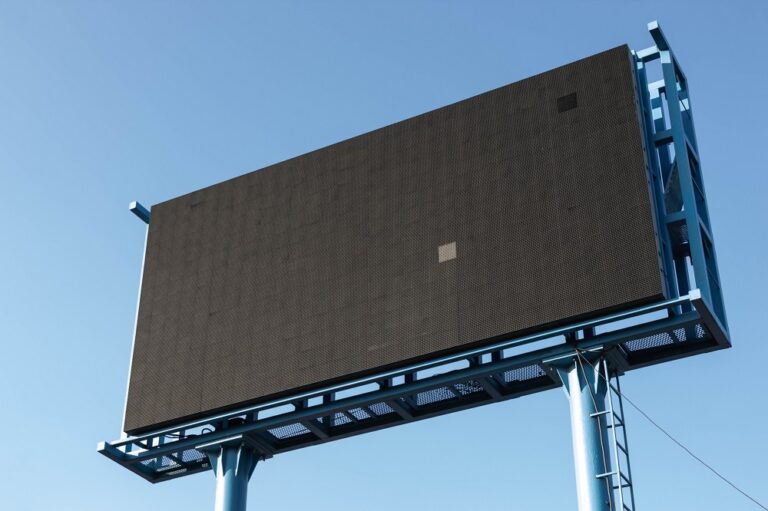Behind the scenes: how advertising auctions and cost per click work

We’ve all run advertising campaigns on Facebook, Google AdWords, LinkedIn, and Twitter, and we know that in order to reduce the cost of a click, we need to increase our CTR.
In this article, I will briefly describe how an auction works, where the real cost of a click (conversion, or any other action) comes from, and how it correlates to the CTR/CR (conversion rate) of the advertising campaign.
Let’s do it.
Advertising auctions
In many advertising systems, you choose which action you want to pay for: clicks, conversions, or impressions. That means that within the same ad network, there are advertisers who target ads to the same audience but you pay for completely different actions (impressions, clicks, conversions).
To understand which advertiser’s ad should be shown at a certain point in time, the advertising system assigns all the campaigns a common denominator, the cost per 1,000 impressions. After that an auction is held based on the cost per 1,000 impressions that advertisers with different billing types (per impression, click, conversion) are willing to give.

Moreover, the auction system allows for competition not only among advertisers within the same advertising network, but also between advertisers who run ads via other entry points. For example, Rontar is a single entry point for ads on OpenX and Google DoubleClick AdExchange, which in turn includes Google AdWords and dozens of smaller ad networks. When Rontar decides to make a bid on one of these networks, the cost per target action is converted into a cost per 1,000 impressions and sent to each of the ad networks whose inventory Rontar has access to.

And that’s how auctions enable advertisers to access the inventory of the greatest possible number of networks, and the networks and sites in the partner network get access to a larger pool of advertisers. The auction’s competition grows, and the earnings of the sites and networks grow accordingly.
How is cost per click formed (conversion, etc.)
Imagine you are running a retargeting campaign, you are paying for clicks, and the maximum CPC is set at $1. The campaign has been running for several weeks and the CTR for the campaign is 0.4%.
As soon as the advertising system sees a former visitor of yours on one of the sites in its network or partner network, it brings your initial data (CPC and CTR) into the cost per 1,000 impressions and makes a bid. The formula for calculating CPM based on CPC and CTR is as follows:
CPM = 10 * CTR * CPC
I’d also like to note that it isn’t just the CTR of an advertising campaign or ad that is taken into account. In reality, when determining the probability of a click, and ultimately the size of the bid, most advertising systems, including Rontar, take into account hundreds of parameters, such as the time spent on the site, when the person was on the site, what pages they visited, etc. These parameters are later used to calculate the expected CTR, converting to the cost per impression.
As soon as all the advertisers have made their bids, the advertising auction is held. The ad from the advertiser who gives the highest bid will be shown. Typically a second-price auction is used. In other words, if the winner was willing to bid $9 per thousand impressions, and the second price was $7, then the winner will be able to show ads at the rate of $7 per thousand impressions. When the target action occurs, which in our case is a click, the system calculates how much was spent on impressions and writes off the corresponding cost per click.
It works exactly the same when paying for a conversion or any other action on the site.
How does CTR affect cost per click
We all know that when CTR increases, the cost per click decreases. Thus, if you increase your CTR, you will either get the same number of clicks as before but at a lower price, or you’ll get more clicks at the old price.
The same math applies for pay per conversion/action.
In conclusion
Now that you know that advertising systems always convert the price of a target action to the cost per 1,000 impressions, this will help you choose the right goals and billing type (per impression, click, conversion) in your advertising systems.
The real cost of the target action, in the case of clicks and conversions, will depend on the CTR and CR, respectively. The higher these indicators are, the cheaper the cost of conversion. And in order for these indicators to be high, you have to hit your target audience as best you can.






